WagnerWare versus Griswold. It’s like choosing Chevy or Ford. It probably has to do with what your family uses… (We drove Fords around here!)
When it comes to vintage cast iron cookware, Wagner and Griswold are the brands to look for. These two companies were the most popular manufacturers of cast iron cookware during their time.
Both companies produced very high qualities cookware, many of which are still in use today. Since both companies have been out of business for decades, their cast iron is highly collectible.
Which one is better? Well, that’s a lively debate! And one that I am not sure I can answer…
It’s like choosing Chevy or Ford. It probably has to do with what your family uses… (We drove Fords around here!)
Let’s take a brief look at the history of these companies.
A brief history of Griswold
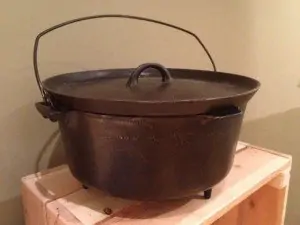
The Griswold Manufacturing Company was originally called the Seldon-Griswold Manufacturing Company because it was a joint venture between Matthew Griswold and his cousins Samuel and J.C. Seldon. The company was founded in Erie, Pennsylvania near the Erie Canal. The company originally manufactured only light hardware but expanded their operations in the 1870s to include cast iron cookware.
In 1884, Mattew Griswold bought the Seldon brothers interest in the company and in 1887 the company name was officially changed to Griswold Manufacturing Company. Matthew Griswold Jr. took ownership of the company from his father in 1905. In 1914, he turned the company over to his brother, Marvin. Under Marvin’s leadership, the company expanded its operations to begin selling their products globally.
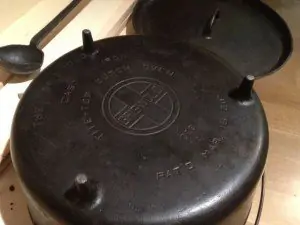
By the 1940s, the quality of the cast iron the company produced had begun to diminish. In 1946 the Griswold family sold the company to Wagner Manufacturing Company. Finally, in 1957 the Erie plant was closed.
A brief history of Wagner
Wagner Manufacturing Company was founded in 1891 by two brothers, Bernard P. and Milton M. Wagner in Sidney, Ohio. The company first produced only cast iron wares, but soon expanded their operation to include nickel-plated products and became the first manufacturers of aluminum cookware.
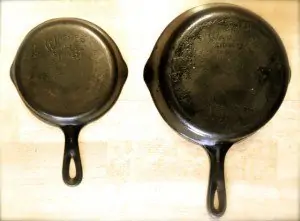
When the company bought Sidney Hollow Ware in 1897, another brother named William H. Wagner joined the company to manage the newly acquired operation. Sidney Hollow Ware was sold back to its original owner, Philip Smith six years later.
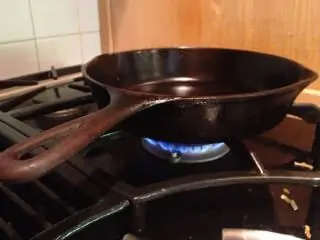
By 1913, Wagner Manufacturing Company began selling its cookware globally. The company gained a reputation for producing excellent quality cookware. In 1934, the company introduced its Magnalite cast aluminum ware.

The company hit financial difficulty during the great depression and by 1946 the owners began gradually divesting in their company. In 1953, the company was sold to the Randall Company of Cincinnati, Ohio.
After that, companies changed hands quite a few times like a decades-long game of hot potato. Under the new management of the Randall Company, Wagner purchased Griswold Manufacturing Company in 1957. In 1959, Textron, Inc. bought the Randall Company, which included both the Wagner and Griswold divisions.
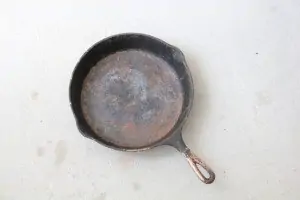
In 1969, Textron sold the Wagner and Griswold lines to yet another company, General Housewares Corporation, who sold the rights to Slyman Group who sold them to American Culinary Corporation where they remain today.
Conclusion
As you can see, both companies went through quite a few changes over the course of their operations. The collectability of each piece depends largely on when it was made and how many were made in that product line. For example, Griswold produced a line of skillets between 1874 and 1905 that have a spider and web emblem on the bottom. Due to the placement of this raised image, many have been damaged to heat and rubbing against the stovetop. And skillets with this emblem in good condition are highly sought-after collector’s items. As opposed to modern cast iron skillets, vintage cast iron has a smoother surface and a lighter weight. The smoother surface aids the non-stick properties of these pans.
Neither company can be said to be more collectible nor their products of higher quality. Both Griswold and Wagner produced cast iron that is highly collectible today.
Got rusty cast iron cookware? Follow this guide for the best way to get rid of rust.
Sources:




